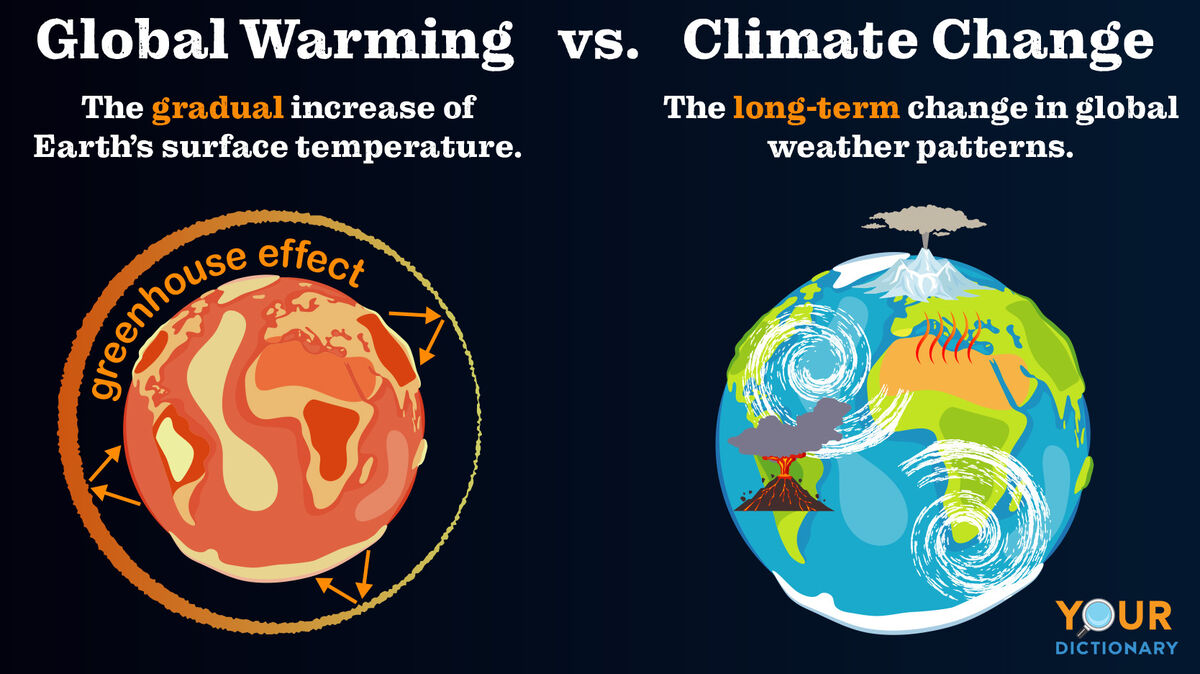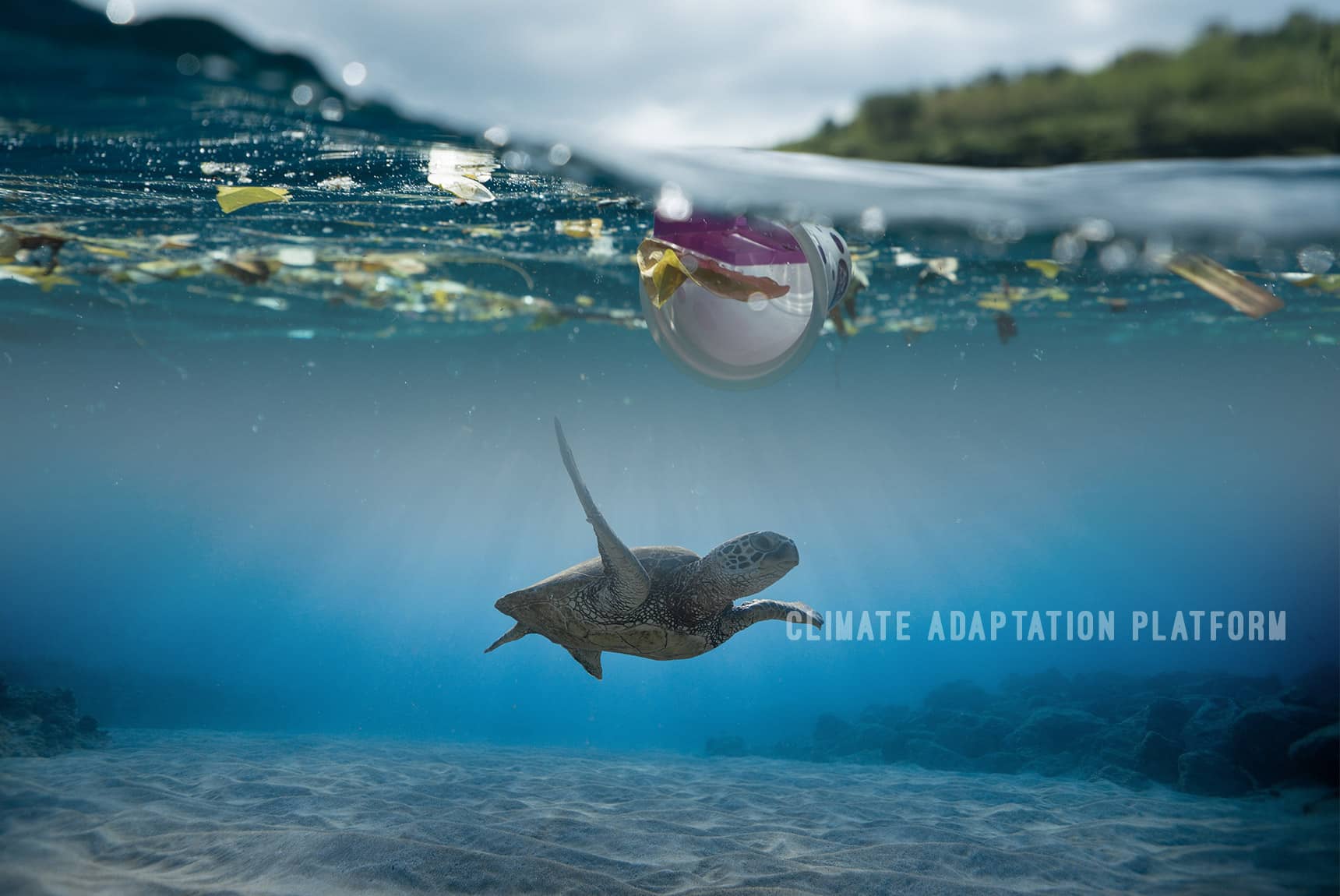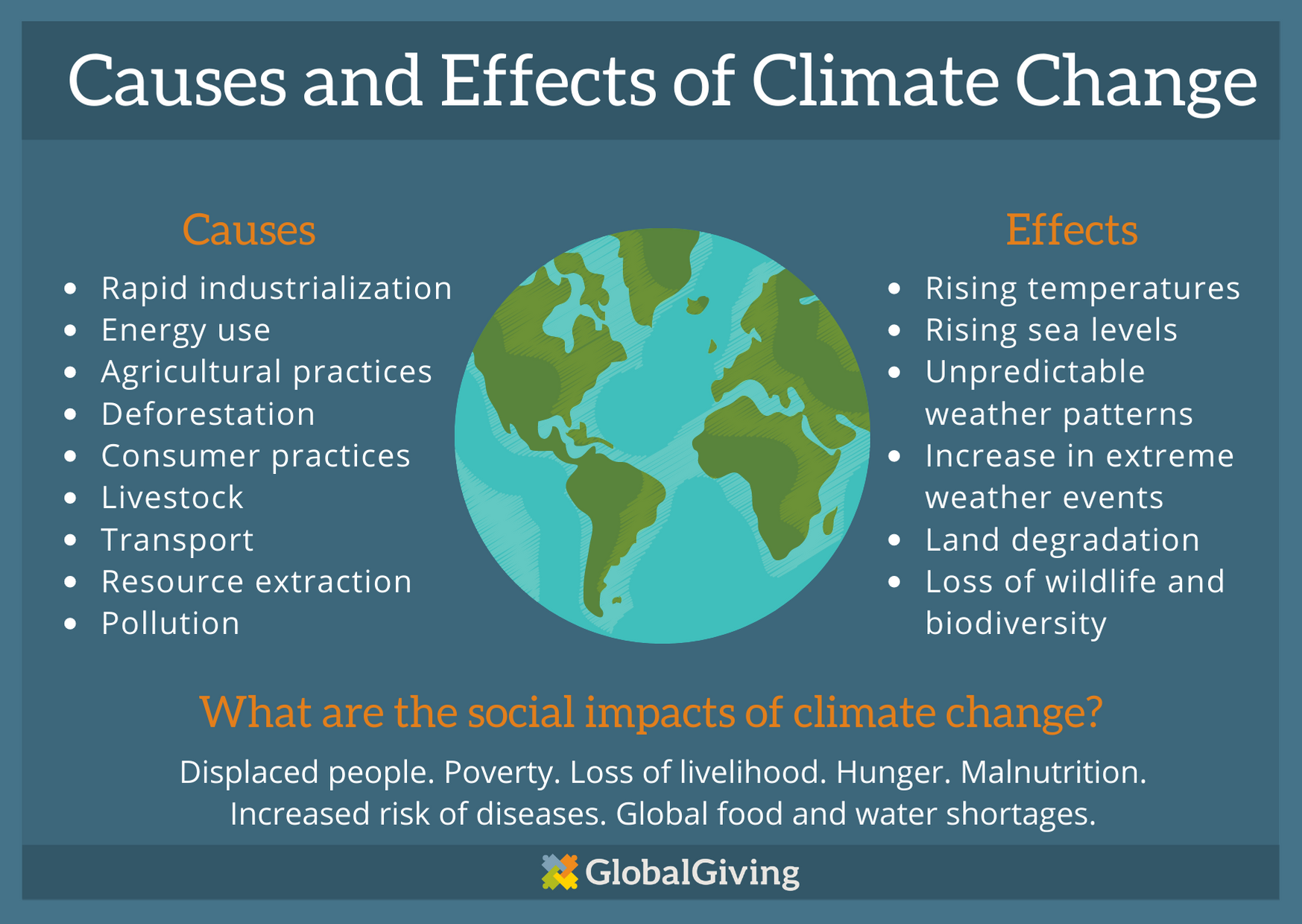In recent years, discussions about the environment, sustainability, and our planet’s future have become increasingly prevalent. Amidst these conversations, two terms are often thrown around: “climate change” and “global warming.” While these phrases might seem synonymous at first glance, they actually represent distinct but interconnected aspects of a much larger issue. In this blog post, we’ll delve deep into the differences between climate change and global warming, and why it’s important to distinguish between them.
Climate Change: A Broader Perspective
Let’s start by breaking down the concept of climate change. At its core, climate change refers to long-term shifts in temperature, precipitation, wind patterns, and other elements of Earth’s climate. It encompasses a wide range of environmental alterations, including:
Temperature Fluctuations: Climate change can result in both increases and decreases in average global temperatures. This is why some regions may experience colder winters even as the planet as a whole warms up.
Altered Weather Patterns: Climate change can lead to more frequent and severe weather events, such as hurricanes, droughts, and floods. These events can have devastating consequences for both natural ecosystems and human communities.
Rising Sea Levels: As global temperatures rise, polar ice caps and glaciers melt, causing sea levels to climb. This poses a significant threat to coastal regions and low-lying islands.
Ocean Acidification: Increased carbon dioxide (CO2) levels in the atmosphere don’t just affect the air; they also dissolve into the oceans, making them more acidic. This can harm marine life and disrupt ecosystems.
Biodiversity Loss: Changes in temperature and weather patterns can lead to shifts in ecosystems, potentially driving species to extinction or causing them to migrate to new areas.
Human Impacts: Climate change can have profound effects on human societies, including food and water scarcity, displacement due to extreme weather events, and economic disruptions.
Climate change is a complex and multifaceted issue driven by a variety of factors, with human activities, primarily the release of greenhouse gases into the atmosphere, playing a central role.
Global Warming: A Specific Aspect of Climate Change
Global warming, on the other hand, is a subset of climate change. It specifically refers to the long-term increase in Earth’s average surface temperature. This temperature rise is primarily driven by the greenhouse effect.
Greenhouse Effect: The greenhouse effect is a natural phenomenon that warms the Earth’s surface. It occurs when certain gases in the Earth’s atmosphere, known as greenhouse gases (GHGs), trap heat from the sun. These gases include carbon dioxide (CO2), methane (CH4), nitrous oxide (N2O), and water vapor (H2O). They act like a blanket around the planet, allowing sunlight to enter but preventing some of the heat from escaping back into space.
While the greenhouse effect is essential for maintaining temperatures conducive to life on Earth, human activities have significantly increased the concentration of greenhouse gases in the atmosphere. This enhanced greenhouse effect leads to global warming, which has far-reaching consequences for our planet.
Why the Distinction Matters
Understanding the difference between climate change and global warming is more than just a matter of semantics; it’s crucial for several reasons:
Precision in Communication: Using the right terminology allows for clearer and more accurate communication when discussing environmental issues. It helps avoid confusion and ensures that everyone is on the same page regarding the problems we face.
Comprehensive Solutions: Addressing climate change involves more than just mitigating global warming. To combat the various facets of climate change, we need comprehensive solutions that address temperature changes, altered weather patterns, rising sea levels, and more.
Effective Policies: Policymakers, scientists, and environmental activists need to develop targeted strategies to combat both global warming and the broader spectrum of climate change. These strategies may include reducing GHG emissions, adapting to changing climate conditions, and protecting vulnerable ecosystems.
Engaging the Public: Educating the public about climate change and global warming requires clarity. People need to understand the full scope of the issue to make informed decisions about their lifestyles, consumption habits, and support for policies aimed at combatting these challenges.
The Role of Greenhouse Gases
To further emphasize the distinction between global warming and climate change, let’s delve deeper into the role of greenhouse gases in driving these phenomena.
Global Warming: The increase in greenhouse gases, especially carbon dioxide from burning fossil fuels like coal, oil, and natural gas, is the primary driver of global warming. As these gases accumulate in the atmosphere, they trap more heat, leading to a gradual rise in global temperatures.
Climate Change: While global warming contributes to overall temperature increases, it is also a key factor behind other climate change-related events. For example, the melting of polar ice caps and glaciers (a result of global warming) contributes to rising sea levels, which is part of the broader climate change phenomenon.
The Human Impact
Human activities have undeniably accelerated both global warming and climate change. Our reliance on fossil fuels for energy, deforestation, industrial processes, and agriculture all contribute to the release of greenhouse gases into the atmosphere. As a result, we’ve witnessed a rapid increase in global temperatures over the past century, with the last few decades experiencing some of the most significant warming on record.
The consequences of this human-induced warming are far-reaching. They include:
More Intense Heatwaves: Global warming leads to more frequent and severe heatwaves, which can have dire health and economic impacts.
Changing Rainfall Patterns: Climate change disrupts precipitation patterns, leading to droughts in some regions and increased rainfall in others, causing water scarcity and flooding.
Threats to Food Security: Altered growing conditions and extreme weather events pose risks to global food production, potentially leading to food shortages.
Ecosystem Disruption: As temperatures rise, many plant and animal species may struggle to adapt or migrate, leading to imbalances in ecosystems.
Rising Sea Levels: Global warming contributes to the melting of ice caps and glaciers, causing sea levels to rise, which threatens coastal communities and ecosystems.
Economic Costs: The economic costs of global warming and climate change are substantial, affecting industries such as agriculture, insurance, and tourism.
Mitigating and Adapting to Climate Change
Addressing climate change and global warming requires a multi-pronged approach. Here are some key strategies:
Reducing Greenhouse Gas Emissions: The most effective way to combat global warming is by reducing our emissions of greenhouse gases. This includes transitioning to renewable energy sources, improving energy efficiency, and implementing carbon capture and storage technologies.
Conservation and Reforestation: Protecting forests and reforesting deforested areas can help sequester carbon dioxide, mitigating the impacts of global warming.
Adaptation Strategies: We must also adapt to the changes that are already underway. This includes building resilient infrastructure, developing drought-resistant crops, and planning for rising sea levels.
International Cooperation: Climate change is a global issue that requires cooperation between nations. International agreements like the Paris Agreement aim to coordinate efforts to limit global warming and its associated impacts.
Individual Actions: On a personal level, individuals can reduce their carbon footprint by using public transportation, conserving energy, and making sustainable choices in their daily lives.
Conclusion
In summary, while “climate change” and “global warming” are often used interchangeably, they represent distinct but interconnected aspects of the broader environmental crisis we face. Climate change encompasses a wide range of environmental changes, while global warming specifically refers to the increase in Earth’s average surface temperature due to the enhanced greenhouse effect. Understanding these differences is essential for effective communication, policy development, and individual action to combat the multifaceted challenges posed by a warming world.
As we continue to grapple with the consequences of climate change and global warming, it’s crucial for individuals, communities, and nations to work together to mitigate these impacts, adapt to the changes already occurring, and transition to a more sustainable and environmentally responsible future. Our planet’s health and the well-being of future generations depend on our collective efforts to address these pressing issues.






